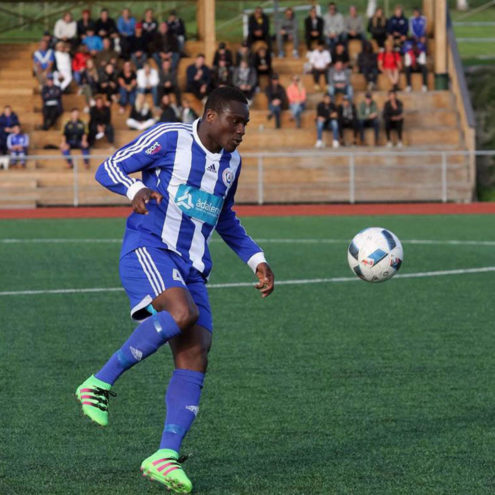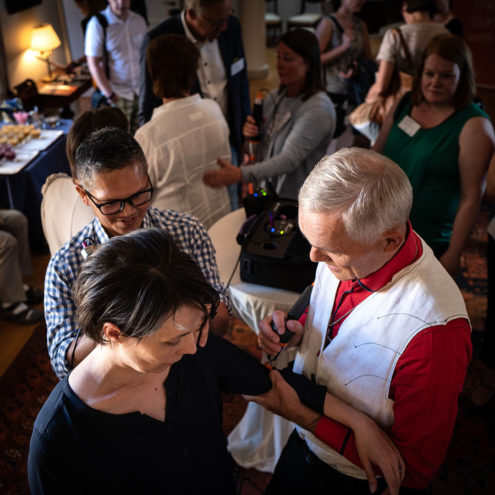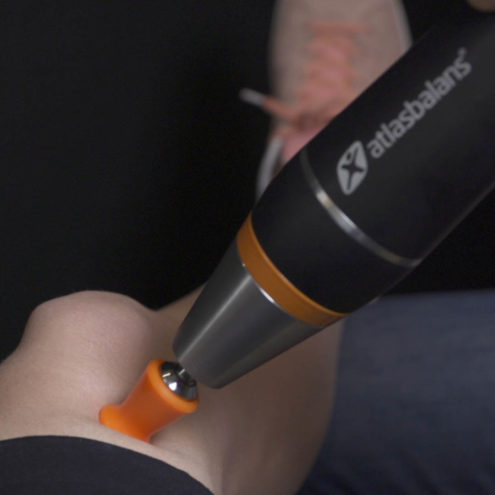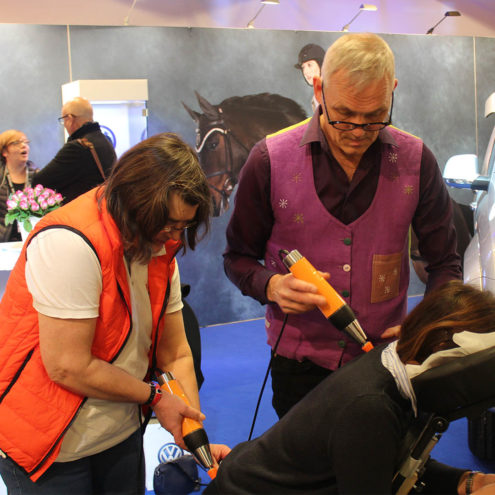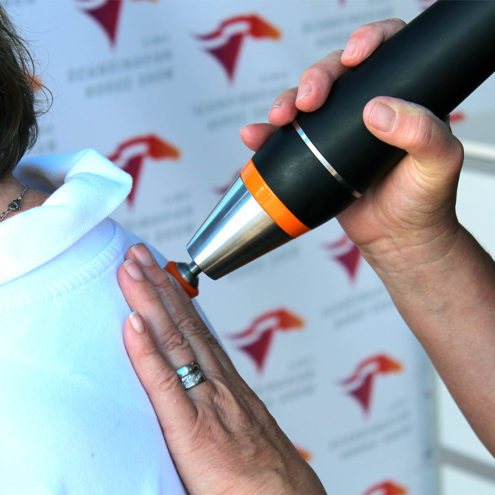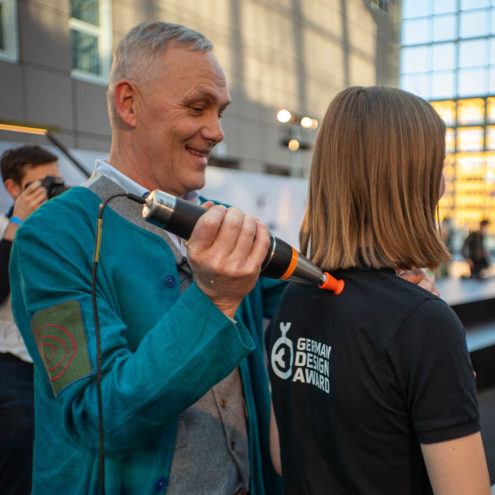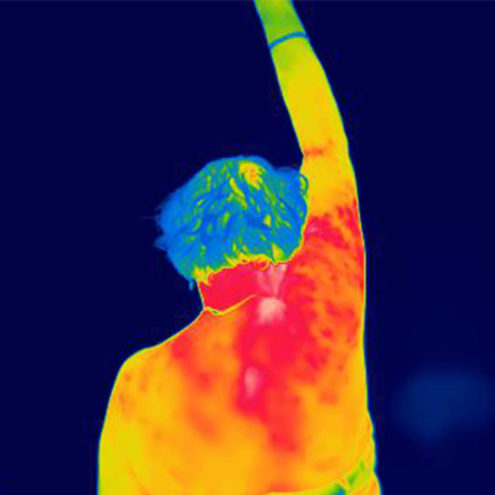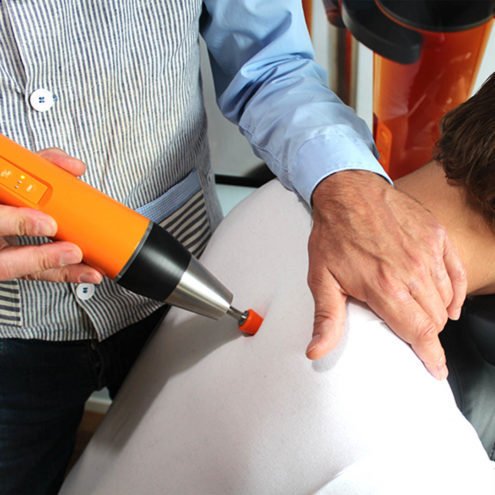Torticollis Exercises: Relief and Recovery with Fascia Clinics
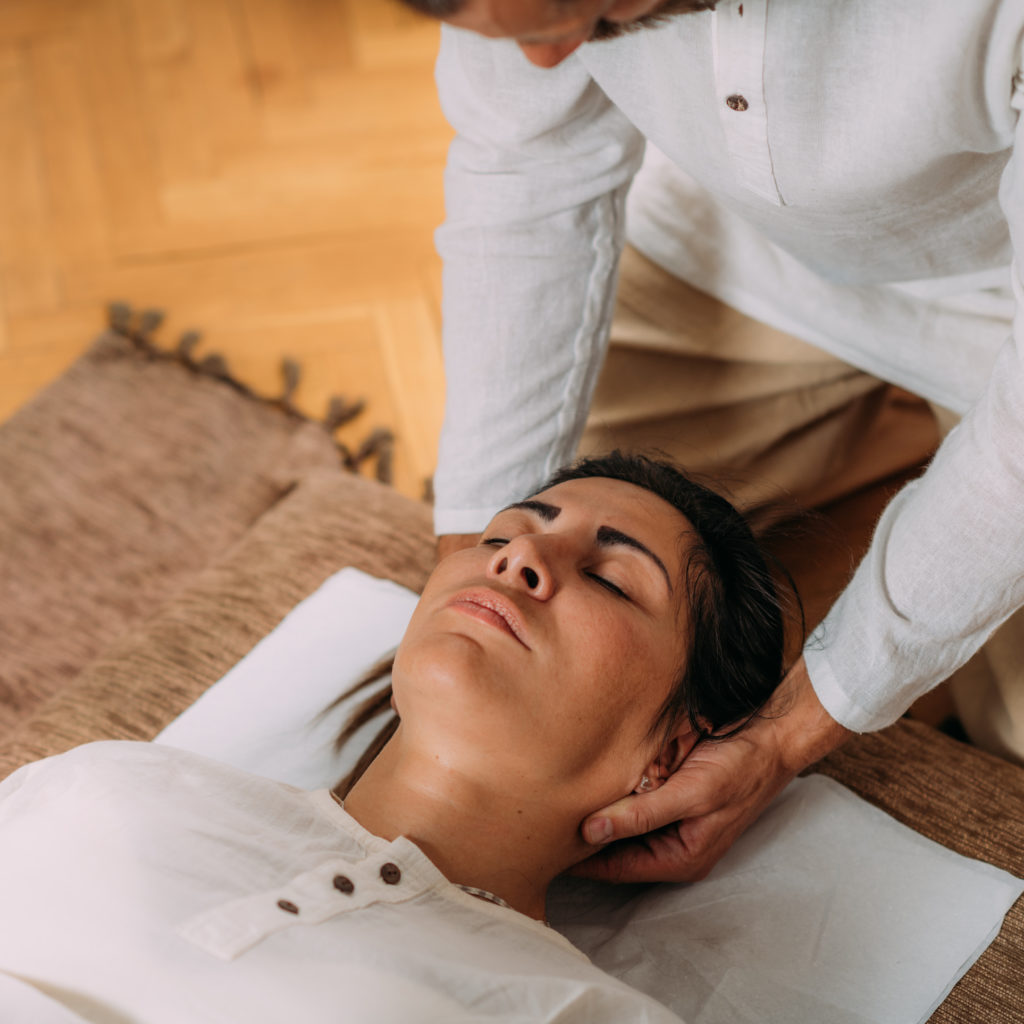
What is Torticollis ?
If you suddenly become stiff and have pain in your neck, you may have torticollis . The muscles around the neck and throat can start to cramp and lock the neck, making it difficult to move your head. Neck pain affects most people at some point in their lives and it is common to have recurrent episodes of neck pain.
Torticollis can be caused by trauma. After the trauma, the neck may have been misloaded and overworked, causing small injuries that do not heal. Poor working posture can also cause neck strain. Sitting leaning forward over a computer screen on a desk for a long time tires out the neck muscles.Torticollis can also come on acutely when you wake up from sleep. Most often there is an underlying misalignment, asymmetry in the back, pelvis that has gradually crept on until the drop overflows.
The importance of the right exercises for Torticollis
Despite the pain, moving the neck is not dangerous and prolonged static positions of the neck should be avoided. Specific exercises can help relieve pain, increase mobility and speed up the healing of the neck.
Recommended exercises for torticollis
Softening exercises
Lie on your back on the floor with your hips and knees at a 90° angle on a stool or similar. Keep your arms at about 45° and breathe deeply for at least 10 minutes. Ligaments and muscles throughout the spine relax and the body becomes more balanced. Gravity causes the rotation in the pelvis to disappear, which will reduce the pressure on the entire spine, including the neck.
Roll shoulders. Stand or sit down with good posture. Start by lifting your shoulders up and forward. Then bring your shoulders down and back so your shoulders have moved in a circle and repeat. Vary by rolling your shoulders backwards.
Turn your head. Sit or stand with good posture. Turn your head slowly side to side within your pain threshold. Hold your head in the outer position for a few seconds.
Description and step-by-step guide to exercises that help relieve stiffness.
Strength exercises for the neck
Strengthen your throat muscles. Place your palm against your forehead. Press your forehead against the palm without bending your neck. Hold for 3-5 seconds.
Strengthen the neck muscles. Place both palms behind your head. Press your head against your palms without bending your neck. Hold for 3-5 seconds.
Strengthen the muscles on the side of the neck. Place the palm of your hand against your temple. Press your head against the palm and hold for 3-6 seconds.
Squeeze your shoulder blades together and hold the position for a few seconds. Remember not to raise your shoulders or push your head forward. Relax and repeat the exercise.
Exercises aimed at building strength and stability in the neck to prevent future injuries.
Stretching and flexibility exercises
Stretch your chest muscles as they are often too short, which increases the strain on your neck. Stretch out one arm towards a doorpost (you are standing in the doorway), press your body forward so that your arm is pushed backwards. Feel how it tightens in the chest muscles. Stand for a minute, rest and repeat a few times. Do the same on both sides.
Pull in the chin to stretch the neck muscles. Can be done sitting or standing. Hold the stretch for five seconds and repeat 10 times.
Stretch the side of the neck lying down. Lie on your back. Now bring one ear down towards the shoulder on the same side. You can use your hand to pull your head closer to your shoulder to make the stretch deeper.
Reclining rotation of the head. Lie on your back. Rotate your chin to your one shoulder. You can use your hand to make the stretch longer. Hold the position for 20 seconds. Come back and rotate your chin to the opposite shoulder.
Stretch the straight neck muscles. Move your chin upwards to stretch the neck muscles. Using one hand, hold under the collarbones to make the stretch deeper. Vary by bringing your chin up at an angle and stretching the oblique neck muscles.
Preventive measures for torticollis
Correct posture
Maintaining good posture in all types of activities is essential to prevent torticollis . During prolonged static work, it can be easy for the body to get stuck in a certain postural pattern that negatively affects the body’s structures and their functions, which can lead to everything from neck strain to forward head posture.
Tips and advice on how to maintain good posture to avoid torticollis .
Ergonomics at the workplace
For office work, which now always involves working in front of a computer, the monitor should be positioned in front of the face, with the eyes slightly lowered to keep the neck in its natural curve. The shoulders should be kept lowered and the arms should be relaxed. The forearms should rest on the desk, which should be at the correct height. If you have a visual impairment, it is important to use lenses or glasses with the right power to avoid pushing your head forward.
When lifting heavy loads, in addition to lifting with bent knees, you should also avoid looking up. This puts a lot of strain on the neck vertebrae and, in the worst case, can lead to a herniated disc in the neck. Lift and keep your neck in a neutral position.
In the evening, it is also important to have the right sleeping position for neck pain, here you can read more and get advice on what to think about when it’s bedtime.
When should you seek professional help?
If symptoms do not improve, or worsen, medical advice should be sought first to rule out serious illness. If it turns out to be torticollis , it may be a good idea to go for a consultation with a fascia specialist at the FasciaClinics. During the consultation, your current state of health and medical history will be discussed. Your body and posture are scanned to examine where imbalances and compensations exist, and how these may have affected you
FAQ – Frequently asked questions about torticollis and exercises
How often should I perform these exercises?
You should perform the exercises several times a day. Try to do the exercises every two or three hours.
Is it normal to feel a little soreness after the exercises?
It is normal to feel a little sore after the exercises. If symptoms worsen, stop the exercise immediately.
How long should I continue with the exercises after the torticollis has been relieved?
If you have been helped by the various neck exercises, it may be good to maintain these a few times a week. They can also serve as a kind of first aid if the problems start to come back. Keep in mind that improving your posture is the first priority if you want to avoid torticollis .
Conclusion:
If you are suffering from torticollis , it is time to seek help. Attending treatment at the FasciaClinics is an effective tool towards a pain-free neck. Remember that recovery takes time and that self-care such as exercises are also important to give a faster and more desirable result. Visit the FasciaClinics website to book an appointment for consultation or treatment. If you have any further questions, you can always call us. Our treatment is also included in the wellness allowance
 Search
Search







